“I like the silent church before the service begins, better than any preaching.” -Ralph Waldo Emerson
This quote has been running through my head a lot as I’ve been spending time alone in church. Our church music director will be away for the first three Sundays in June and asked if I would be willing to take the reins during his absence. This isn’t the first time I done this, but I believe it is the longest stint I’ve had.
My initial thinking, and usual approach, when playing the service is to use the piano to accompany everything. This is where I feel safest. I spend a lot of time at the piano, working with the Children’s Choir, rehearsing with the Brass Kickers and accompanying myself for a variety of solos and duets.
However, I’ve begun to feel compelled to use the organ. Its variety of colors, range of tones and wide dynamic range cannot be approached by the piano. Although I love the sound of a piano accompanying a solo voice, the organ adds significant sonic breadth, especially when accompanying hymns.
In fact, I believe that it is the flatness of verse after verse of a hymn played on the piano that has continually pushed me to move out of my personal comfort zone and explore the organ as a more versatile and ultimately more appropriate instrument for such situations. To be sure, it is now taking me an inordinate amount of time to prepare for a service.
When using the piano, all I needed to do was learn to play the notes. Now I need to worry about the voicings for each verse. Looking at the text to suggest color and dynamics adds work. Basic tasks such as figuring out which manual to use for each verse and configuring piston settings so that they are convenient to access while playing also adds complexity for someone that does not use the instrument often.
I have great respect for those that make such planning and preparation look easy. I cannot imagine doing this week after week, at least not with a separate full time job. I would guess that over time one would get to know the instrument and have a more organized approach to this process. For me there is a great deal of experimentation, figuring out which ranks extend into which octaves and which timbres sound well together.
To be sure, it is an amazing experience to fiddle with such decisions and hear the difference in the feeling invoked by a given hymn. Played with certain stops, the piece is upbeat. Change the sounds and it is suddenly reflective or pensive. In fact, my biggest risk is probably over-using the breadth of sounds and dynamics.
For instance the carillon seems like a great choice for bringing out a melody, perhaps to introduce a hymn. However, it would probably be tiresome for the congregation if used every week. Also, it is tempting to approach some hymns with a powerful accompaniment. I enjoy hearing the reverberation at the end of the piece while practicing. However, the congregation shouldn’t be in a shouting match with the organ, so I’ll need to tame my “Virgil Fox-ness”1.
This will be in interesting month of Sundays for me and the congregation. I pray we will each find enjoyment and meaning during the worship time spent together.
At the least, I hope those worshiping don’t come away saying, “I like the silent church before the service begins, better than Dave’s organ playing.”

1http://en.wikipedia.org/wiki/Virgil_Fox












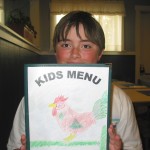


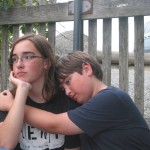
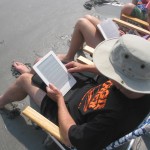














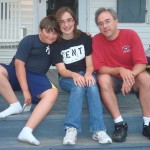




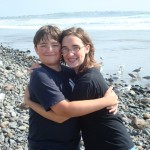





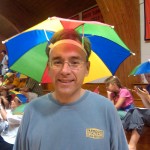





























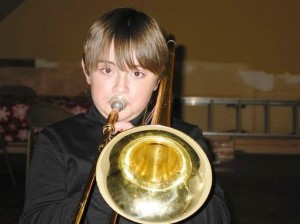

 I also had the opportunity to work with a broader set of youth preparing to sing for our Christmas Eve service. They will be singing There Are Angels Hovering ‘Round based on the traditional tune and the updated words from Garrison Keillor. It is always fun being able to work with the young children as they grow in confidence with each rehearsal.
I also had the opportunity to work with a broader set of youth preparing to sing for our Christmas Eve service. They will be singing There Are Angels Hovering ‘Round based on the traditional tune and the updated words from Garrison Keillor. It is always fun being able to work with the young children as they grow in confidence with each rehearsal.